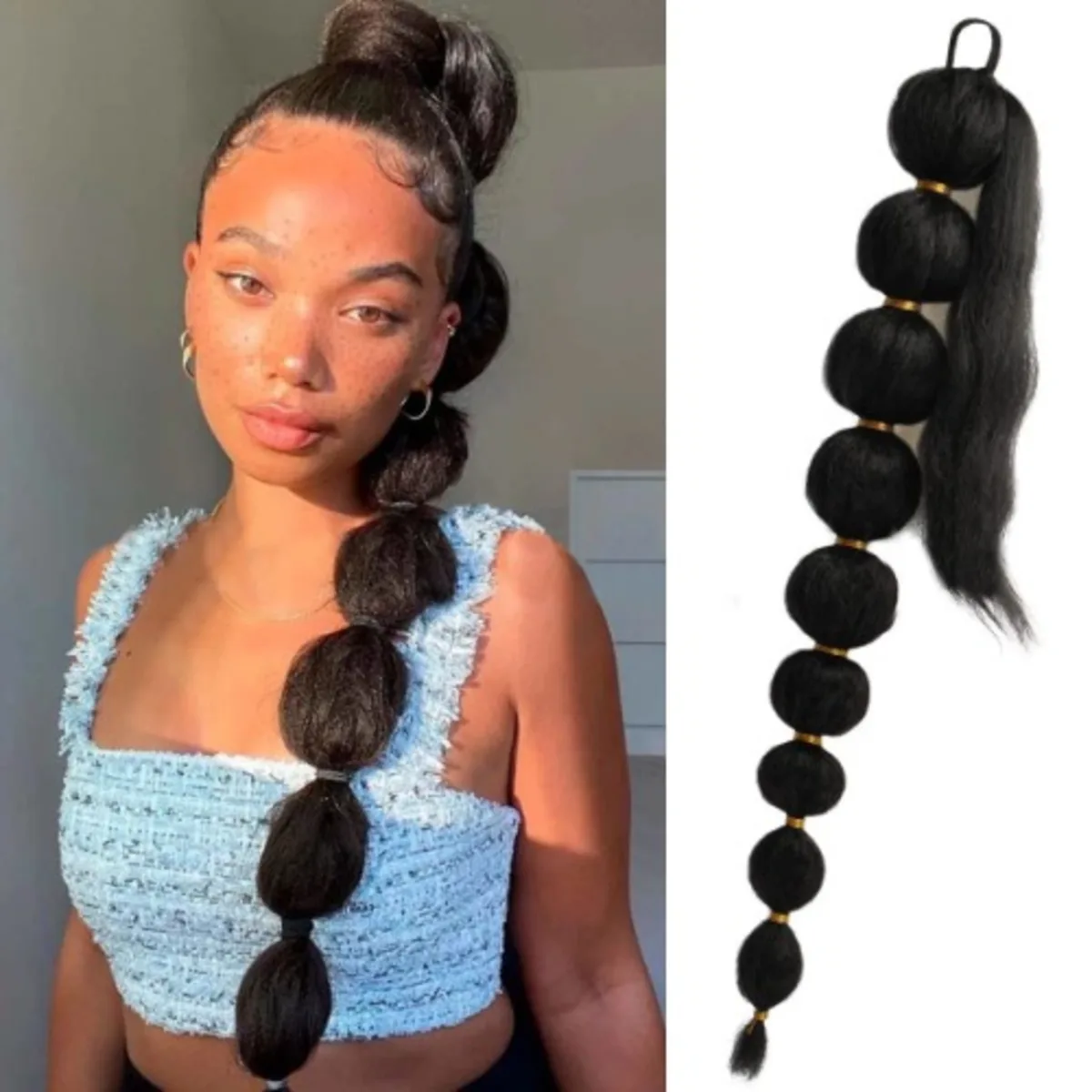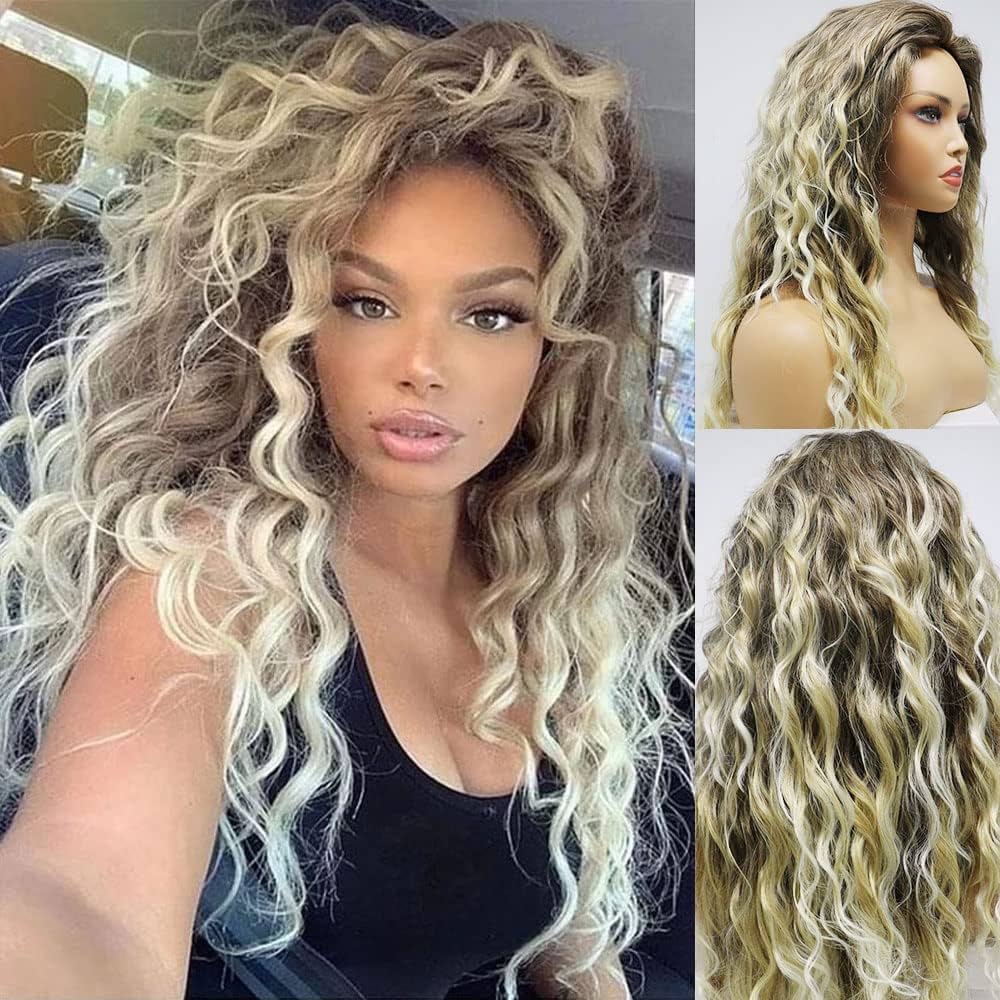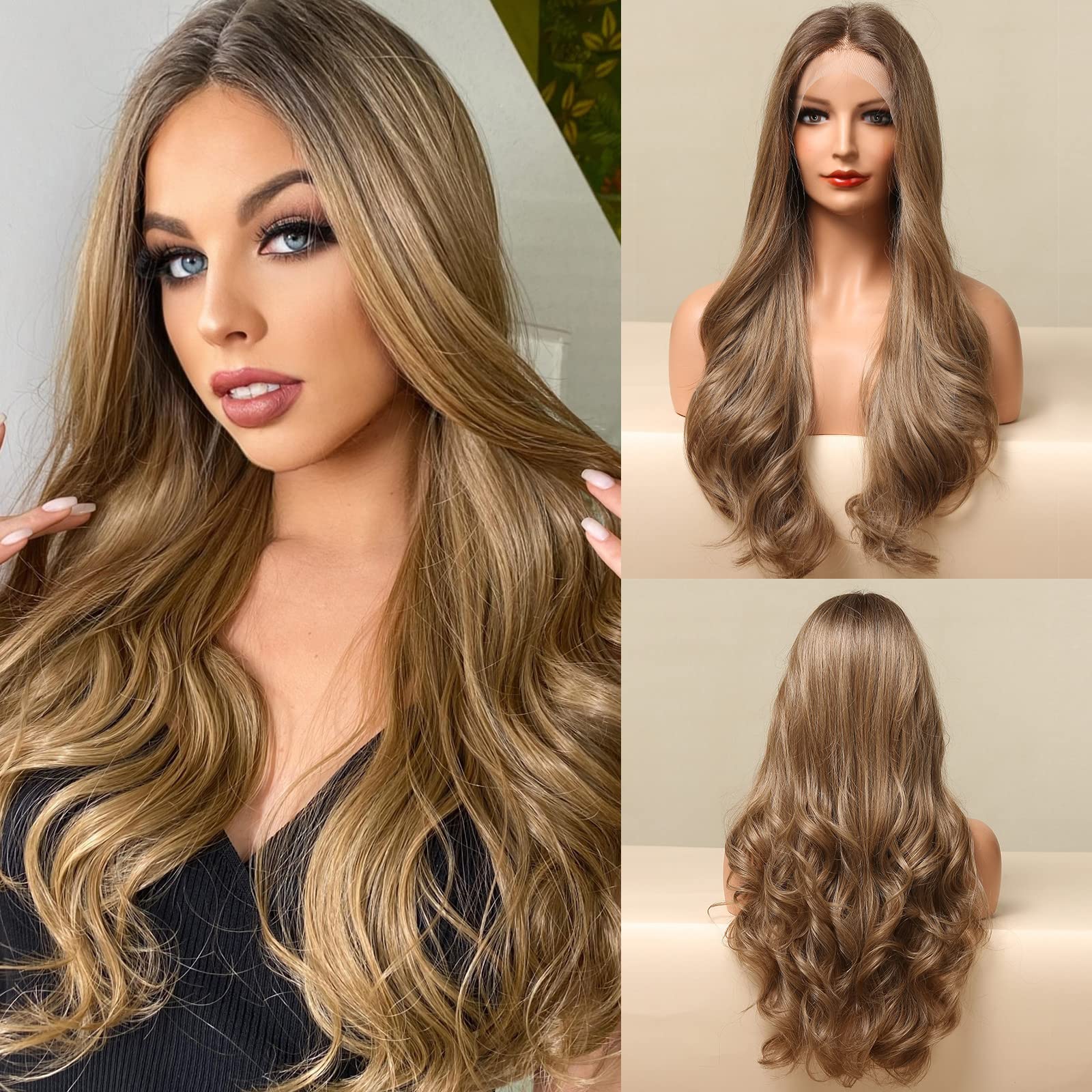
How to Wash a Wig:Maintain Beauty and Longevity
Understanding the Importance of Proper Wig Care
Proper wig care ensures longevity and maintains its appearance. Regular washing removes buildup of products, oils, and dirt. Clean wigs look more natural and feel more comfortable. Washing preserves the wig’s color, shine, and texture. It prevents tangling and matting of the fibers. Proper care extends the life of both synthetic and human hair wigs. How to wash a wig?Clean wigs are easier to style and maintain their shape. Regular washing prevents unpleasant odors from developing.
It also reduces the risk of scalp irritation for the wearer. Proper care protects the investment made in purchasing a quality wig. Well-maintained wigs require fewer replacements over time. Clean wigs boost the confidence of the wearer. They provide a fresh, polished look for every wear. Washing removes environmental pollutants that can damage the wig. It helps maintain the wig’s original luster and movement. Proper care ensures the wig remains a reliable and attractive hair solution. Regular maintenance allows for consistent, dependable wear.
Gathering the Necessary Supplies for Wig Washing
Proper wig washing requires specific supplies for best results. Start with a wig-specific shampoo designed for synthetic or human hair. Regular hair products can damage wig fibers. Obtain a wig conditioner to keep the hair soft and manageable. Invest in a wide-tooth comb or wig brush for gentle detangling. Prepare a clean sink or basin for washing the wig.
Gather soft, clean towels for blotting excess water. Acquire a wig stand or Styrofoam head for drying and styling. Prepare cool or lukewarm water; hot water can damage wigs. Have clips on hand to section the wig during washing if needed. Obtain a spray bottle for applying leave-in conditioner if desired. Prepare a clean, lint-free cloth for final touches.
Gather any specific products recommended for colored wigs if applicable. Have a gentle, alcohol-free holding spray available for styling. Prepare a clean area to work, free from dust and debris. Gather hair pins for securing the wig during the drying process. Have a timer available to ensure proper soaking times. Prepare a notepad to record the washing process for future reference.
Pre-Washing Steps: Preparing Your Wig for Cleaning
Proper preparation ensures effective wig washing. Start by gently detangling the wig with a wide-tooth comb. Work from the ends up to the roots to prevent damage. Remove any pins, clips, or accessories from the wig. Shake the wig gently to loosen any dirt or debris. If the wig is very tangled, section it with clips. This makes the washing process more manageable.
For synthetic wigs, check the label for specific care instructions. Some synthetic wigs may require special cleaning methods. For human hair wigs, treat them as you would natural hair. Inspect the wig for any damage that may need attention. Note areas that may need extra care during washing. If the wig has heavy product buildup, consider a clarifying treatment.
This helps remove stubborn residues before washing. For colored wigs, ensure you have color-safe products on hand. Prepare your washing area with all necessary supplies within reach. If using a sink, ensure it’s clean and free from residues. Place a towel nearby for blotting the wig after washing. Set up your wig stand or Styrofoam head for the drying process. Take a “before” picture to track the washing results. This helps in assessing the effectiveness of your cleaning routine.
The Washing Process: Step-by-Step Guide
Begin the washing process with cool or lukewarm water. Fill a clean sink or basin with water. Add a small amount of wig-specific shampoo to the water. Gently submerge the wig in the soapy water. Allow the wig to soak for 3-5 minutes. Avoid rubbing or twisting the wig, which can cause tangling. Gently swish the wig in the water to remove dirt and buildup.
Drain the soapy water and refill with clean, cool water. Rinse the wig thoroughly until the water runs clear. Repeat the rinse process to ensure all shampoo is removed. Apply a small amount of wig conditioner, if using. Focus conditioner on the ends of the hair, avoiding the roots. Allow the conditioner to sit for 2-3 minutes. Rinse the wig thoroughly with cool water.
Ensure all conditioner is removed to prevent buildup. Gently squeeze out excess water; do not wring or twist. Blot the wig with a clean towel to remove more water. Avoid rubbing the wig with the towel, which can cause frizz. Apply a leave-in conditioner if desired, following product instructions. Gently detangle the wig with a wide-tooth comb if needed. Start from the ends and work your way up to the roots. Place the wig on a wig stand or Styrofoam head for drying.

Drying and Styling Your Freshly Washed Wig
Proper drying is crucial for maintaining the wig’s shape and appearance. Allow the wig to air dry naturally on a wig stand. Avoid using heat tools, which can damage the wig fibers. Position the wig in a well-ventilated area for faster drying. Keep the wig away from direct sunlight or heat sources. Gently reshape the wig with your fingers as it dries.
This helps maintain its intended style and volume. For synthetic wigs, avoid brushing until completely dry. Human hair wigs can be gently combed while damp. Use hair pins to secure any specific style elements. This ensures the wig dries in the desired shape. Allow ample time for the wig to dry completely. This may take several hours or overnight. Once dry, gently brush or comb the wig. Start from the ends and work your way up to the roots.
Style the wig as desired using appropriate products. Use a light hold spray to set the style if needed. For curly wigs, scrunch the hair to enhance natural curls. Straight wigs may benefit from a gentle brushing for smoothness. Adjust the wig’s part or bangs to your preference. Trim any stray hairs if necessary, using sharp scissors. Fluff the wig gently to restore volume and movement. Store the wig properly on a stand when not in use.
Maintenance Tips Between Washes
Regular maintenance keeps wigs looking fresh between washes. Brush or comb the wig daily to prevent tangling. Use a wide-tooth comb or wig brush for gentle detangling. Start from the ends and work your way up to the roots. Store the wig on a stand or in a box when not in use. This maintains its shape and prevents tangling. Keep the wig away from heat sources and direct sunlight.
Avoid sleeping or showering while wearing the wig. Use a dry shampoo or wig refresh spray for quick touch-ups. This absorbs excess oil and refreshes the wig between washes. For synthetic wigs, use a wig spray to restore shine. Human hair wigs benefit from occasional leave-in treatments. Avoid using regular hair products on your wig. Stick to products specifically designed for wigs. Rotate between multiple wigs if possible.
This extends the life of each wig and allows for proper care. Address any tangles or knots immediately to prevent damage. Avoid exposing the wig to chlorine, salt water, or harsh chemicals. Use a silk or satin pillowcase if sleeping in the wig is necessary. This reduces friction and prevents tangling. Trim any loose or split ends regularly. This maintains a neat appearance between full washes. Consider professional styling or maintenance for complex issues. Keep the wig away from strong odors like cooking smells.

Troubleshooting Common Wig Washing Issues
Even with proper care, wig washing can sometimes present challenges. For persistent tangles, use a detangling spray before washing. Work through knots gently with fingers before using a comb. If the wig loses its shape, try resetting it on a wig stand. Use pins to secure the desired style while air drying. For frizzy wigs, apply a small amount of wig serum. Focus on the ends and avoid the roots to prevent greasiness. If the wig feels stiff, it may need a deep conditioning treatment.
Use a wig-specific deep conditioner and follow product instructions. For wigs that have lost volume, try using a volumizing mousse. Apply to damp hair and style as desired for added body. If the wig color fades, use color-depositing shampoos or temporary dyes. Always test on a small, hidden section first. For wigs that smell musty, add a few drops of essential oil to the rinse water. This provides a fresh scent without damaging the wig.
If synthetic wigs become frizzy, try a fabric softener rinse. Use a small amount in cool water for the final rinse. For heat-damaged wigs, focus on deep conditioning treatments. Avoid further heat styling until the wig’s condition improves. If the wig cap stretches, try soaking in cool water with fabric softener. This can help restore the original size and shape. For wigs that shed excessively, check for loose stitching at the wefts. Professional repair may be necessary for severe shedding. If the wig becomes matted, section it and work through carefully. Use a detangling spray and patience to avoid damaging the fibers.



